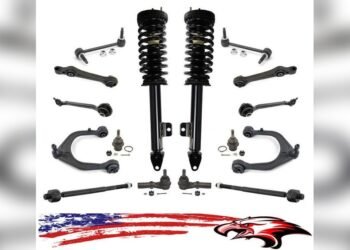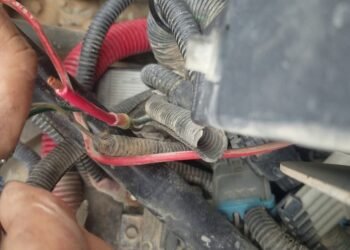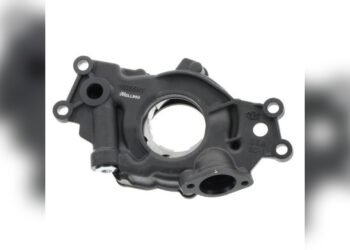Is your Honda Fit’s AC not working? You’re not alone.
Many Honda Fit owners face this issue, especially during the hot months. Dealing with a malfunctioning AC can be frustrating. It impacts your comfort and driving experience. Understanding why your Honda Fit’s AC isn’t working can save you time and money.
From simple fixes to more serious problems, there are several reasons behind this common issue. We’ll explore these causes and help you diagnose the problem. This guide will provide you with the knowledge to troubleshoot your Honda Fit’s AC. Let’s dive in and get your AC back to cooling your car efficiently.
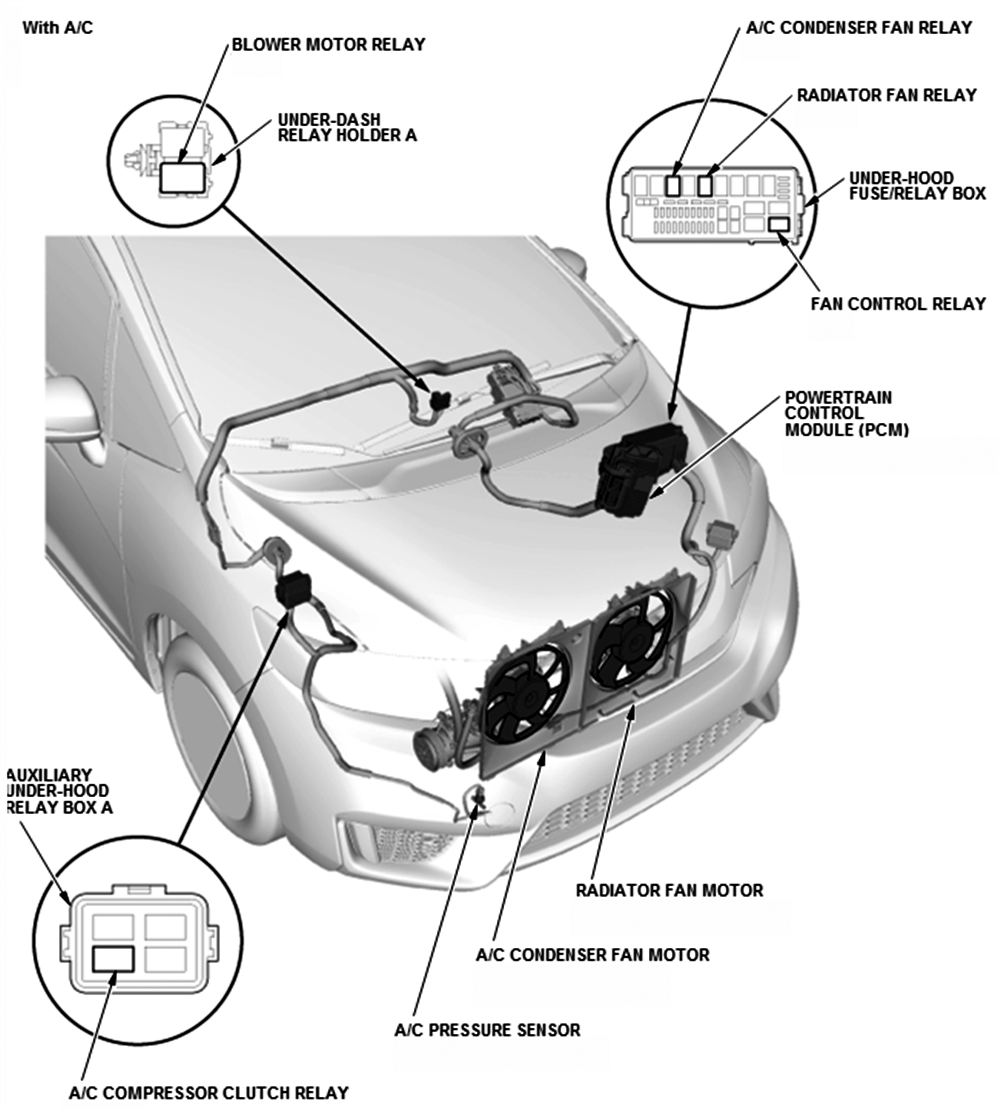
Credit: www.fitfreak.net
Common Ac Problems
Experiencing issues with your Honda Fit AC can be frustrating, especially during hot weather. Knowing the common AC problems can help you identify and address them quickly. Here are some of the most frequent issues Honda Fit owners encounter with their air conditioning system.
Blowing Warm Air
One of the most common problems is the AC blowing warm air. This can be due to several reasons:
- Low Refrigerant Levels: The AC system needs a specific amount of refrigerant to cool the air. Low levels can result from leaks.
- Faulty Compressor: The compressor is essential for cooling. If it fails, the air won’t be cold.
- Broken Condenser: The condenser cools the refrigerant. If it’s damaged, the AC will blow warm air.
Weak Airflow
Another frequent issue is weak airflow from the AC vents. This can make cooling less effective. Here are some possible causes:
- Clogged Air Filters: Dirty filters can restrict airflow, reducing the AC’s efficiency. Regularly changing filters can prevent this.
- Blower Motor Issues: The blower motor pushes air through the vents. If it malfunctions, airflow will be weak.
- Blocked Vents: Check for any obstructions in the AC vents. Clear any debris to improve airflow.
Addressing these common AC problems can help maintain your Honda Fit’s cooling system. Regular maintenance and prompt repairs will ensure your AC works efficiently.
Check The Basics
If your Honda Fit’s AC isn’t working, start with the basics. Simple checks can save time and money. Begin with the most common issues before seeking professional help.
Inspect Fuses
First, inspect the fuses. A blown fuse can stop the AC from working. Locate the fuse box, usually under the dashboard or hood. Check the car’s manual for the exact location.
| Fuse Type | Location |
|---|---|
| AC Fuse | Under Dashboard |
| Compressor Fuse | Under Hood |
Replace any blown fuses with new ones of the same rating. This simple step often fixes the problem.
Examine Ac Controls
Next, examine the AC controls. Ensure the settings are correct. Set the AC to the coldest setting. Then, select the highest fan speed.
If the controls are not responding, there may be a problem. Check if the buttons feel loose or unresponsive. This could indicate an issue with the control panel.
Sometimes, dirt and debris can block the controls. Clean the panel gently with a soft cloth. Avoid using water or harsh cleaners.
Refrigerant Levels
The Honda Fit’s air conditioning system relies on proper refrigerant levels to function efficiently. Low refrigerant levels can cause your AC to blow warm air. Understanding how to check and recharge refrigerant can help you maintain a cool and comfortable ride.
Check For Leaks
First, inspect the AC system for leaks. Leaks are a common cause of low refrigerant levels. Use a UV dye to detect leaks. Inject the dye into the system and use a UV light to spot leaks. Pay attention to connections, hoses, and the compressor.
Recharge Refrigerant
If no leaks are found, it’s time to recharge the refrigerant. Purchase a recharge kit from an auto parts store. Follow the instructions on the kit carefully. Connect the kit to the low-pressure port of your AC system.
Turn on your car and set the AC to the highest setting. Slowly add refrigerant while monitoring the pressure. Avoid overcharging the system. Stop adding refrigerant once the pressure reaches the recommended level.
Compressor Issues
Having trouble with your Honda Fit’s AC? The compressor might be the culprit. The compressor is key for cooling your car. It circulates refrigerant through the AC system. When it fails, the AC stops working. Let’s dive into common compressor issues and how to spot them.
Listen For Noises
Strange noises can indicate compressor problems. Listen for clanking or rattling sounds. These noises often mean internal damage. A failing compressor may also produce a loud humming sound. Pay attention to any unusual noises. Early detection can save you money.
Inspect Compressor Clutch
The compressor clutch plays a vital role. It engages and disengages the compressor. If the clutch is faulty, the compressor won’t work. Check if the clutch is engaging. You can do this by looking at the front of the compressor. If it doesn’t spin, there’s an issue. Sometimes, the clutch may slip. This causes the AC to work intermittently. Inspect the clutch thoroughly. A malfunctioning clutch needs replacement.
Condenser And Evaporator
The condenser and evaporator are key parts of your Honda Fit’s AC system. If the AC is not working, these components may need attention. Both parts help cool the air inside your car. The condenser releases heat from the AC system. The evaporator cools the air that blows into the cabin.
Clean Condenser
A dirty condenser can cause the AC to stop working. Dirt and debris block airflow, reducing the condenser’s ability to release heat. This can make the AC system overheat and fail. To clean the condenser, locate it at the front of the car, near the radiator.
- Turn off the car and let it cool.
- Remove any visible debris with your hands.
- Use a soft brush to clean the fins gently.
- Rinse with water to remove remaining dirt.
Regular cleaning ensures the condenser works efficiently. This helps keep your AC system running smoothly.
Check Evaporator Core
The evaporator core cools the air that enters your car. A clogged or damaged evaporator can lead to poor AC performance. To check the evaporator core, you may need to remove the dashboard or access panels.
- Inspect for any visible damage or leaks.
- Clean the evaporator with a special cleaner if needed.
- Ensure the evaporator drain is not blocked.
Proper maintenance of the evaporator core can prevent AC issues. This keeps your Honda Fit’s cabin comfortable.
Electrical Problems
Electrical problems can cause the Honda Fit AC to stop working. Faulty wiring or relays often lead to AC issues. Understanding and diagnosing these problems can restore your car’s cooling system.
Inspect Wiring
Wiring issues are common in Honda Fit AC problems. Start by checking the AC system’s wiring. Look for damaged or frayed wires. Ensure all connections are secure and tight. Loose or corroded wires can disrupt the AC’s function. Use a multimeter to test the wires for continuity. If you find any damaged wires, replace them immediately.
Test Relays
Relays control the electrical current to your AC. A faulty relay can stop the AC from working. Locate the AC relay in the fuse box. Consult the car manual for its exact position. Swap the AC relay with another similar relay. If the AC works, the original relay is faulty. Replace any defective relays to ensure the AC functions properly.
Diy Fixes
Experiencing issues with your Honda Fit’s AC can be frustrating. Before taking it to a mechanic, try some DIY fixes. These simple steps can often solve the problem and save you money.
Replace Cabin Filter
The cabin filter keeps dust and pollen out of your car’s interior. A clogged filter can reduce the airflow and make your AC less effective. Follow these steps to replace it:
- Locate the cabin filter behind the glove box.
- Remove the glove box by disconnecting the dampener arm and pressing the sides inward.
- Take out the old filter from its housing.
- Insert the new filter, ensuring the airflow direction matches the arrow on the filter.
- Reattach the glove box.
Changing the cabin filter regularly can keep your AC running smoothly.
Clean Ac Vents
Dirty AC vents can block airflow and spread dust inside your car. Cleaning them is a simple task. Here’s how:
- Turn off the car and AC system.
- Use a soft brush or cloth to remove dust from the vents.
- For deeper cleaning, use a can of compressed air to blow out debris.
- Wipe down the vents with a damp cloth.
Clean AC vents ensure better air quality and improve your AC’s efficiency.

Credit: www.youtube.com
When To Seek Professional Help
Consider seeking professional help if your Honda Fit’s AC isn’t cooling or making unusual noises. Strange smells can also indicate a need for expert attention.
When your Honda Fit’s AC stops working, it can be challenging to know when to call a professional. Some issues are easy to fix, while others need expert help. Understanding when to seek professional assistance can save time and money.Identifying Complex Issues
Certain AC problems are beyond simple fixes. If your Honda Fit’s AC blows warm air despite a full refrigerant, a deeper issue might exist. Electrical problems, like faulty wiring, are complex and need professional handling. Strange noises from the AC system can indicate serious issues. These noises might mean a failing compressor or a broken part inside the unit. Sometimes, the problem lies within the car’s computer system. Modern cars use sophisticated electronics to control the AC. Diagnosing these issues requires special tools and knowledge.Finding A Reliable Mechanic
Finding a skilled mechanic is crucial. Start by researching local auto repair shops. Look for reviews and ratings online. A shop with positive feedback is likely trustworthy. Ask friends and family for recommendations. Personal experiences can guide you to a reliable mechanic. Check if the mechanic has certifications. Certifications show that the mechanic has proper training. ASE (Automotive Service Excellence) certification is a good indicator of skill. Visit the repair shop. A clean and organized shop often reflects professionalism. Speak with the mechanic. Clear communication is key. A good mechanic will explain the problem in simple terms. They will also provide an estimate before starting work. Following these steps ensures your Honda Fit’s AC gets the care it needs.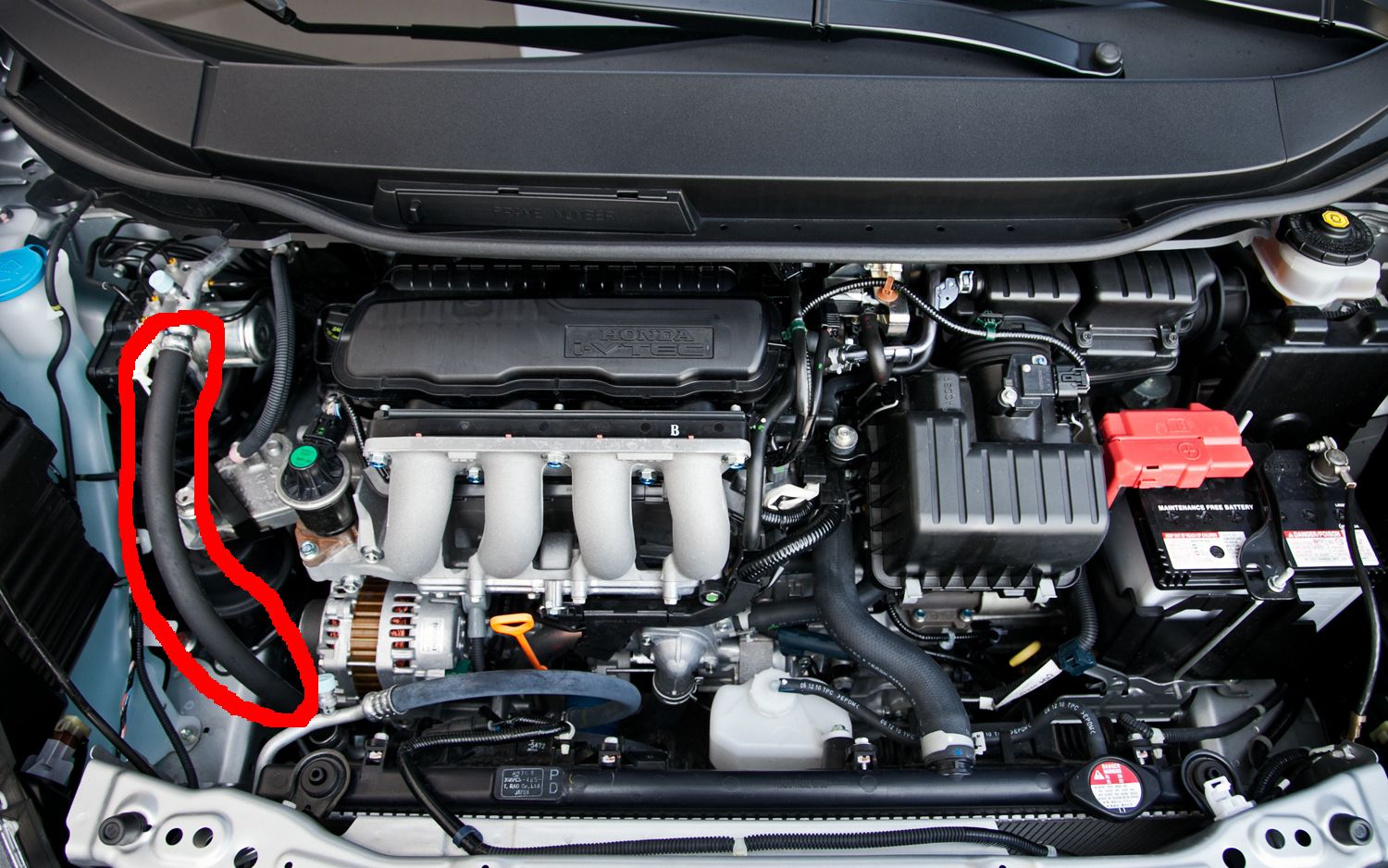
Credit: www.fitfreak.net
Frequently Asked Questions
Why Is My Honda Fit Ac Not Cooling?
There could be low refrigerant, a faulty compressor, or a clogged air filter.
How Do I Fix The Ac In My Honda Fit?
Check refrigerant levels, inspect the compressor, and clean or replace the air filter.
What Are Common Honda Fit Ac Problems?
Common issues include refrigerant leaks, faulty compressors, and dirty air filters.
How Often Should I Service My Honda Fit Ac?
Service your AC every year or as recommended in your owner’s manual.
Can A Dirty Air Filter Affect Ac Performance?
Yes, a dirty air filter can reduce airflow and cooling efficiency. Clean or replace it regularly.
Conclusion
Fixing your Honda Fit’s AC doesn’t have to be hard. Start with simple checks. Look at the fuses, refrigerant levels, and compressor. Regular maintenance can prevent problems. Seek professional help if the issue persists. Stay cool and enjoy comfortable drives.
Remember, a well-functioning AC ensures a pleasant ride. Keep your Honda Fit in top shape for a worry-free journey.


